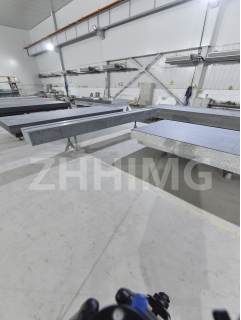The market competitiveness of granite slabs has seen significant evolution over the past few years, driven by various factors including technological advancements, changing consumer preferences, and the global economic landscape. Granite, known for its durability and aesthetic appeal, remains a popular choice for both residential and commercial applications, making its market dynamics particularly interesting.
One of the primary drivers of competitiveness in the granite slab market is the increasing demand for high-quality natural stone in construction and interior design. As homeowners and builders seek unique and luxurious materials, granite slabs have emerged as a favored option due to their variety of colors, patterns, and finishes. This demand has prompted manufacturers and suppliers to innovate, offering a wider range of products that cater to diverse consumer tastes.
Moreover, the rise of e-commerce has transformed how granite slabs are marketed and sold. Online platforms allow consumers to explore a vast array of options from the comfort of their homes, leading to increased competition among suppliers. Companies that invest in digital marketing strategies and user-friendly websites are better positioned to capture market share.
Additionally, sustainability has become a crucial factor in the granite slab market. As consumers become more environmentally conscious, suppliers that prioritize eco-friendly practices, such as responsible quarrying and waste management, gain a competitive edge. This shift not only appeals to a growing demographic of eco-aware buyers but also aligns with global trends towards sustainable construction.
In conclusion, the market competitiveness of granite slabs is shaped by a blend of consumer demand, technological advancements, and sustainability considerations. As the industry continues to evolve, companies that adapt to these changes and innovate will likely thrive in this dynamic market landscape.
Post time: Nov-07-2024

